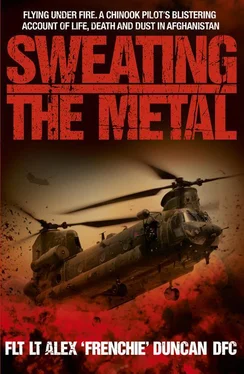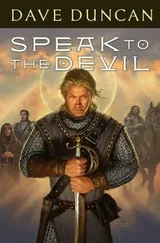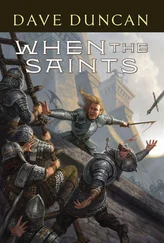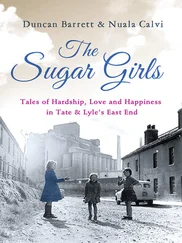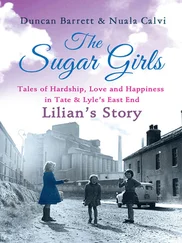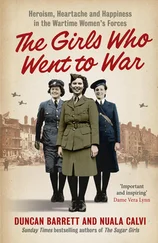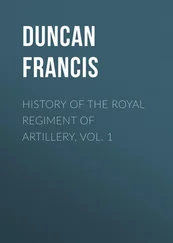Simple as. I was looking forward to this.
First though, there was a mountain of admin to take care of. Our weapons all needed to be zeroed on the range, and we each needed to get Theatre Qualified (TQ) and signed off before we could fly ops. We also had to pick up our morphine. Everybody carries it in theatre, regardless of rank, corps, unit or trade. For those permanently at KAF, rocket attacks were a daily and nightly feature. For anyone forward – well, the risks were obvious. Your personal issue is two syringes of what is basically pure heroin. Get shot, hit by shrapnel or anything else nasty and so long as you don’t have a head injury, you slam the auto-injectors straight into your thigh and get eight hours of carefree happiness. That’s the theory, anyway.
Woodsy was a good mate and a cracking boss, whose innate confidence did a lot to quell the apprehension that many of us felt about the deployment. It wasn’t fear that I felt, more a kind of performance anxiety – the worry that somehow, when it came to the crunch, I might fail. We train hard and you expect the worst, but nobody has a frame of reference for combat if they haven’t experienced it, and you don’t know how you’re going to react when you come under fire. The worst thing in the world would be letting your mates down. But Woodsy made everyone feel better. He was a typical Geordie – straight-talking, and you wouldn’t want to cross him, but he was fair, likeable and, professionally, absolutely awesome.
One of the first things he did when we got to theatre was make sure we got our personal go kit sorted; here, the rule book went out the window. It was about what worked. ‘What you want is a baseline go bag that contains only stuff that you’re going to need,’ he said. ‘For most, that means first-aid kit, water, ammunition, smoke grenades and survival kit. There’s always some fuckwit who fills his go bag up with 100lbs of stuff that, when the wheel comes off, he can’t pick up. If you crash or get shot down, you aren’t going to have time to sit there planning it and ferreting around for what you need. It’s called a go bag for a reason. Grab it, and fuck off.’
He’s the only boss I’ve ever had that did that, and it’s one of the things that made him stand out because it was really good advice.
I added some warm kit to mine because the night-time temperature can drop to below 15°C, which is a big difference from the day-time high of 45–50°C. I also added in some boiled sweets for sugar – no point in adding chocolate! In the past, aircrew on ops would have promissory notes that promised a reward to whoever assisted the bearer. They don’t do that anymore because trust is a scarce commodity in today’s world. Money talks to the average Afghan, and gold in his hand is going to go down a lot better than a promissory note torn out of an Escape Manual!
Woodsy also had us practising egress from the aircraft after being shot down; escaping from the cab under contact, using your rifle to fire and manoeuvre and get into a shelter. We practised that non-stop until it became second nature. Woodsy instigated that, although it’s been taken up as SOP (standard operating practice) now. He knew what he was doing and that’s one of the reasons he was such a brilliant boss to work under.
I knew it wasn’t going to be an easy tour, but with nothing to act as a baseline, I had no idea just what ‘not an easy tour’ meant in practice. A briefing quite early on quickly put me in the picture.
‘Dinger Bell’ was a Chinook crewman who had just been promoted and he was doing his operational staff tour in Afghanistan as a Squadron Leader at Joint Helicopter Force (Afghanistan) – HQ JHF (A) for short. He took us to the only place in KAF that was big enough to hold us all comfortably at that time – the church. He’d been in theatre for a while so he knew what he was talking about. And he didn’t mince his words.
‘Guys, be under no illusions: this is not going to be easy. People here want to kill you and they will try everything they can to achieve that. They hate the Chinooks and Apaches equally and it’s their stated aim to shoot one down.’
You could have heard a pin drop. Two days before we arrived, a patrol of French Special Forces operators working with the ANA were slaughtered and the area was apparently littered with dead bodies when 3 Para were sent in to try and rescue the survivors. One of the French guys was reportedly gutted alive. That got our attention. We’d expected things to be shit, but this was far beyond what we’d imagined. I think Dinger’s words carried even more weight because they were coming from a guy we all knew and trusted. You could see the worry etched on his face as he spoke to us.
‘You can’t be too careful, guys. You’ll need to apply all the tactics we’ve practised. You cannot give them an inch. They will try to kill you. And make no mistake; they are sophisticated in their tactics. They might wear pyjamas and flip-flops, but they know what they’re doing and are ready for you.’
All this happened on day one.
Welcome to Kandahar.
Nobody could fly in theatre until they’d done their TQ, which basically meant flying with experienced members of the outgoing Flight. They knew the plot; the routes, procedures, the various Helicopter Landing Sites (HLSs). The TQ was the only opportunity we had to learn from the guys who knew how it all worked in practice. We also had to perform a number of both day and night dust landings in the desert.
Dust is a real issue in Afghanistan. As well as blighting everybody’s life back at base, because it sticks to absolutely everything, it plays havoc with electronics and machinery. Actually, it’s the enemy of everything. It’s so incredibly fine – more like powder than sand. It’s pervasive, and its micro-fine size means it penetrates into places you wouldn’t believe. It plays hell with engines, so the Chinooks have Engine Air Particle Separators (EAPS) fitted in front of the air intakes. Huge suction pumps remove the sand before it can clog things up. The main issue for us is the dust clouds that are created by the immense downwash from the blades as we land. The cloud can start to build at around 80ft and quickly envelop the cab, giving the pilots up front zero visibility just at the time it’s most needed. It’s known as a brownout.
I was delighted to learn that I’d be doing my TQ with Tourette’s who, after our gig in the Falkland Islands a few months before, had moved to ‘A’ Flight, 27 Squadron. We chatted amiably as we walked out to our aircraft, which sat glinting in the morning sun. Already the mercury was pushing towards 40°C – just another day in Afghanistan.
We walked up the ramp to our cab. I said hello to Craig Fairbrother and Graham ‘Jonah’ Jones, two seasoned crewmen who comprised the rest of the crew for the day’s sortie. Aaron and I took our seats in the cockpit – unusually, Aaron, as captain, was flying from the left, so I took my seat on the right. The controls are replicated equally on both sides of the cockpit so the aircraft can be flown from either seat, although most of the navigation and self-defence controls are on the left. The cockpit is divided by a central console that extends from the control panel and along the floor, in much the same way as the transmission tunnel divides the front seats in a car. On the control panel are the engine instruments – temperature, pressure, fuel etc. On the floor console are all the radio, navigation and defence suite controls.
We were helmeted and strapped in, so all conversation went via the intercom. Aaron called the tower for clearance to start.
‘Kandahar Ground, Splinter Two Five, request start.’
‘Splinter Two Five you are cleared to start Mike Ramp. Wind two-two-zero at five knots.’
Читать дальше
